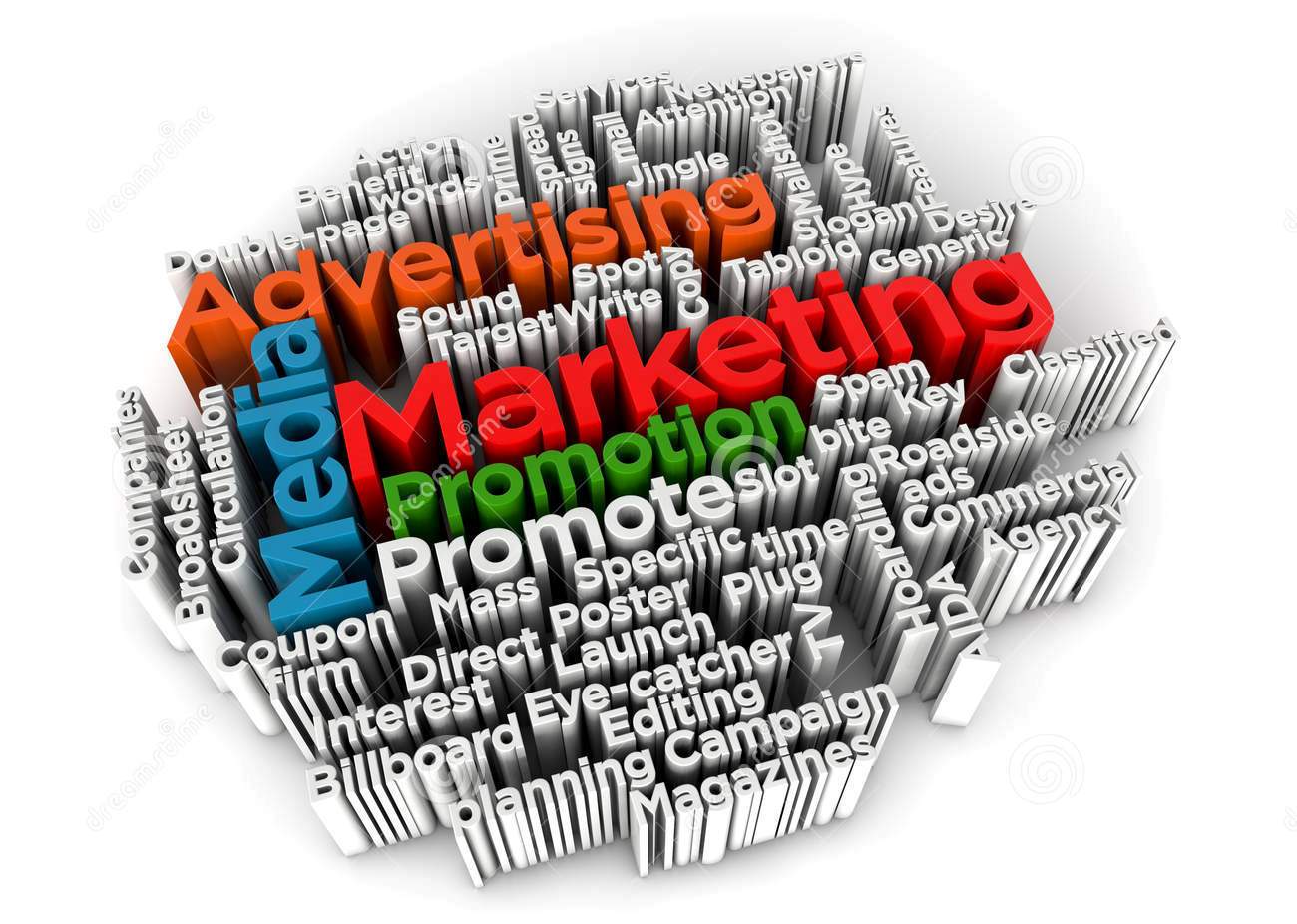When valuing a business, it’s essential to consider both its tangible and intangible assets. However, tangible assets such as equipment, land, and buildings are easier to value than intangible assets, which can make up a significant portion of a company’s overall worth. This article will explain the importance of BITLQ Assets in business valuation, what they are, and how they’re valued.
What are Intangible Assets?
Intangible assets are non-physical assets that provide a business with a competitive advantage, generate revenue, and increase its overall value. Examples of intangible assets include patents, trademarks, copyrights, brand recognition, intellectual property, and customer relationships. Unlike tangible assets, intangible assets are difficult to quantify and assign a dollar value. Therefore, their importance is often underestimated in business valuation.
The Importance of Intangible Assets
Intangible assets can be critical to a company’s success, and they can significantly impact its value. For instance, a business with a strong brand and customer loyalty will likely have higher sales and profits than a company without those advantages. Additionally, intellectual property such as patents and copyrights can protect a company’s products or services, giving them a competitive advantage in the marketplace.
The value of intangible assets can be significant, and they often make up a large portion of a company’s overall worth. According to a study conducted by Ocean Tomo, intangible assets accounted for 84% of the S&P 500’s value in 2018. Therefore, it’s crucial to include intangible assets in business valuation to get an accurate picture of a company’s worth.
Valuing Intangible Assets
Valuing intangible assets is challenging and often requires the expertise of a professional appraiser or valuation specialist. However, there are several methods used to value intangible assets, including:
- Cost approach: This method involves estimating the cost to create or replace the intangible asset. This method works well for newly created assets such as patents.
- Market approach: This method compares the value of similar intangible assets that have been sold in the market. This method works well for trademarks and copyrights.
- Income approach: This method estimates the future income generated by the intangible asset and discounts it back to its present value. This method works well for established businesses with a history of generating income.
Regardless of the valuation method used, it’s essential to ensure that the valuation specialist has the necessary expertise and experience to accurately value intangible assets.
Factors Affecting the Value of Intangible Assets
Several factors can impact the value of intangible assets. Understanding these factors can help business owners maximize the value of their intangible assets and increase the overall worth of their company. Some of the factors affecting the value of intangible assets include:
- Age: The age of an intangible asset can affect its value. For example, a trademark that has been in use for many years may have more value than a new trademark.
- Market competition: The level of competition in the market can impact the value of intangible assets. A trademark or brand may have more value if there are few competitors in the market.
- Industry trends: Industry trends can impact the value of intangible assets. For instance, a patent may have more value in an industry with rapid technological advancements.
- Legal protection: The level of legal protection an intangible asset has can impact its value. For example, a patent that is protected by strong intellectual property laws may have more value than a patent with weaker protection.
Maximizing the Value of Intangible Assets
Business owners can take several steps to maximize the value of their intangible assets. Some of these steps include:
- Protecting their intellectual property: Registering trademarks, patents, and copyrights can provide legal protection for intangible assets and increase their value. It’s essential to work with an attorney or intellectual property specialist to ensure that all necessary steps are taken to protect these assets.
- Building a strong brand: A strong brand can increase customer loyalty and provide a competitive advantage in the market. Business owners can invest in marketing and branding efforts to build a strong brand and increase the value of their company.
- Developing customer relationships: Strong customer relationships can increase revenue and create value for a business. Business owners can invest in customer service and engagement initiatives to develop strong relationships with their customers.
- Investing in research and development: Investing in research and development can create new intangible assets such as patents and intellectual property, increasing the value of a company.
Conclusion
Intangible assets are essential to a company’s success and can significantly impact its value. However, they can be challenging to value and are often underestimated in business valuation. Understanding the importance of intangible assets, how they’re valued, and what factors impact their value can help business owners maximize their worth and build a more valuable company. By protecting their intellectual property, building a strong brand, developing customer relationships, and investing in research and development, business owners can increase the value of their intangible assets and create a more valuable business overall.






